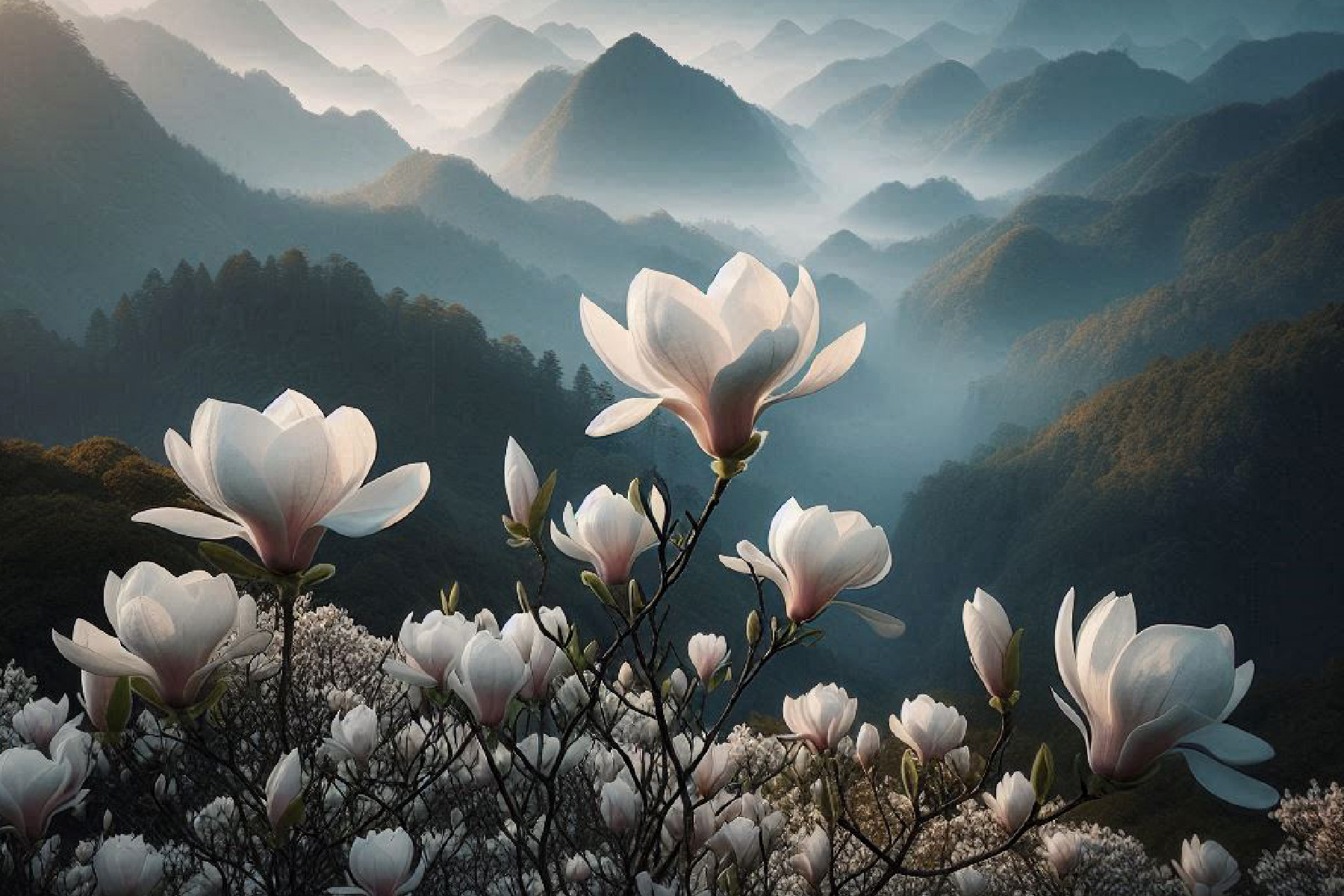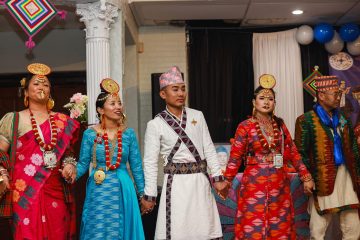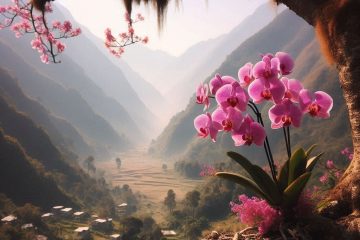Kakfekwa Tangnam holds a significant place as a grand festival within the Yakthung Limbu community, traditionally falling in the midst of January as per the Gregorian calendar. Given the Limbu people’s deep-rooted beliefs in animism and ancestor worship, this celebration is not merely a festivity but a sacred ritual encompassing gratitude towards nature. Central to the observance is the partaking of various roots and delectable foods, viewed as blessed by the natural world. The essence of the festival is steeped in honoring Tagera Ningwafuma Mang, the supreme deity revered by the community, whose blessings are sought for the betterment of individuals and their families in terms of progress, prosperity, happiness, and longevity. When delving into the linguistic intricacies of the Yakthung language, the term “Kak” symbolically signifies the White Magnolia flower—a poignant representation that embodies qualities of purity, spirituality, and humanity. It is during this festive period that the landscape springs to life with the blooming of the White Magnolia, mirroring the community’s collective reverence for nature’s cycles and the symbolic essence of renewal. In essence, Kakfekwa Tangnam stands as a cultural cornerstone for the Yakthung Limbu people, not only marking a time of celebration but serving as a profound reminder of their spiritual connectivity, their reverence for the natural world, and their collective aspirations for a future permeated with abundance, joy, and longevity.




